Why do my monstera have yellow leaves?
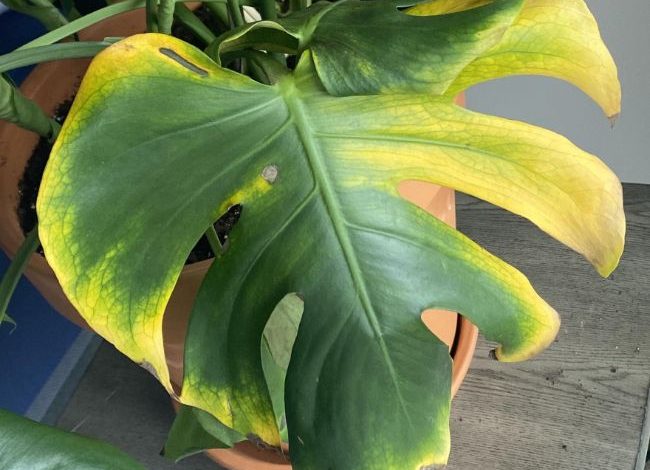
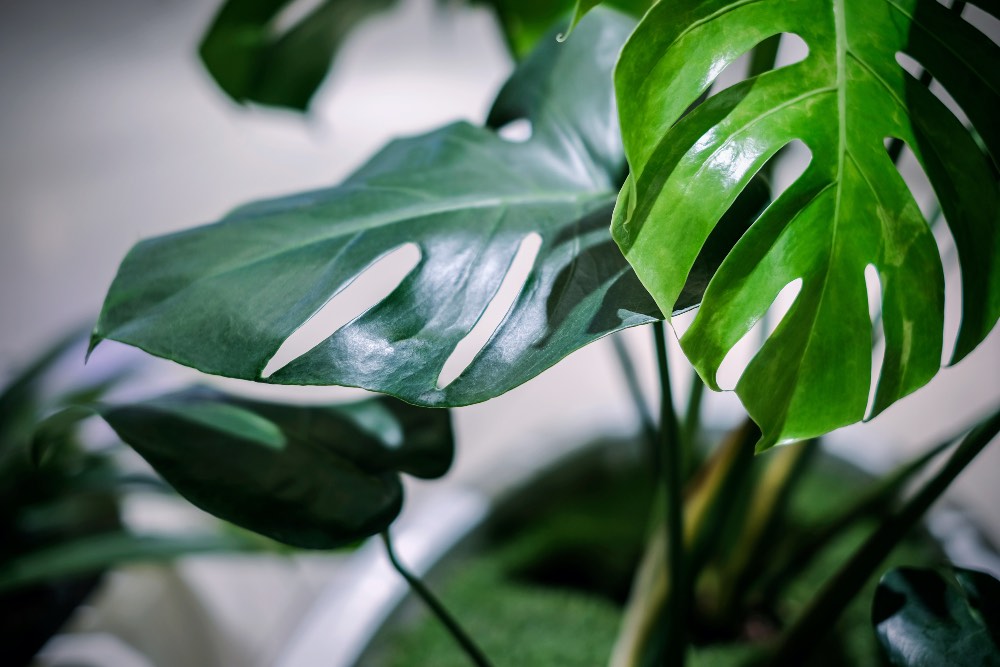
It is one of the main species for lovers of indoor plants. Something perfectly logical if we take into account that, in addition to its beauty, we are talking about a plant with a simply spectacular growth. For all this it is perfectly normal to be alarmed when our monstera has yellow leaves. A real alarm signal that we are making a mistake in its cultivation.
Before getting scared more than necessary, it is important to know something. Detecting that a monstera has yellow leaves does not mean that the health of the plant is compromised. Actually, this striking coloration is only a wake-up call for us to thoroughly review what care of the monstera or Adam’s Rib we are not complying with correctly. Because, as spectacular as it is to see our plant like this, the most important thing is to be aware that we can solve it.
And how to do it? Knowing what may be happening to our monstera. A real key to take matters into your own hands and continue to enjoy its characteristic intensely green leaves.
7 REASONS WHY THE MONSTERA HAS YELLOW LEAVES
As it happens with the yellow leaves of the geranium, when a monstera has yellow leaves it is not for a single reason. Detecting this color change forces us, in reality, to evaluate different aspects of your crop before knowing exactly what may be happening to it. But before more, we must have something clear. Like other plants, monstera sometimes yellows its older leaves as part of its natural cycle. If this is the case with our plant, we can be calm: it is only following its vegetative course.
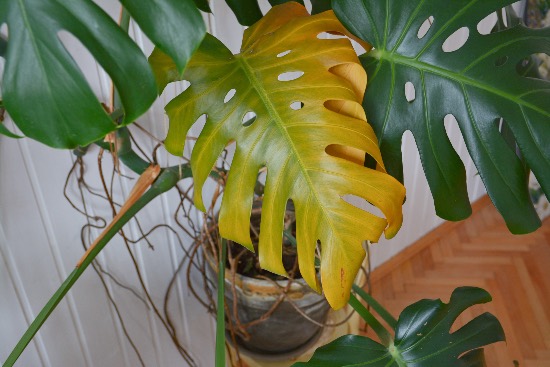
But what happens when that coloration does not respond to old leaves? Let’s see what it can be due to, and how to act.
1. Inadequate watering, one of the most common reasons why the monstera has yellow leaves
It is, without a doubt, the most common reason for our precious plant to present this problem. We tend to believe that, due to its tropical origins, the monstera demands a good irrigation pattern. Although it is true that it does not tolerate extreme drought, make no mistake: it takes waterlogging much worse. That is why it is not only important to make our plants have good drainage, but also, it will be essential to use a substrate for green plants. The reason is simple: this type of substrate is designed to promote aeration of the roots. A true ally for situations of excess water.
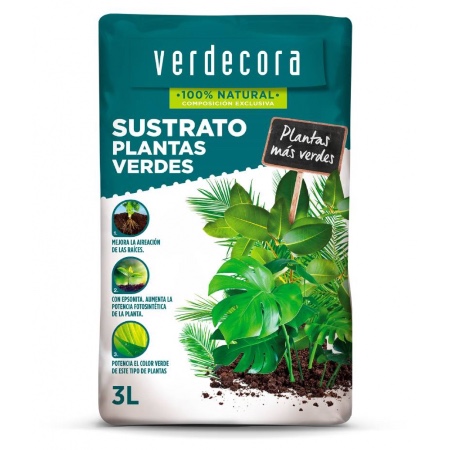
Finding out why our monstera has yellow leaves begins with checking your watering. The best way to do this is by touching the substrate. If we insert a finger and it is dry, it is likely that our plant is thirsty. If, on the other hand, it is too wet or we see that the water does not drain properly, it is more than likely that the yellow leaves of the monstera indicate a flooding.
But how to differentiate it? Knowing which are the leaves that change color according to each scenario. When the plant is suffering from drought, this color change usually occurs at the edge of the leaves along with the brown. If it is subjected to excess water, it will be the lower and new leaves that turn yellow. If this is our case, we will not only have to water with less intensity. In addition, we will have to contemplate a couple of other cares. On the one hand, avoid leaving the bottom plate with water after each watering. On the other hand, check if the drainage fulfills its function correctly and, if not, solve it as soon as possible.
2. Insufficient degree of environmental humidity, another reason for this color change
Let’s remember: Adam’s Rib is a plant of tropical origins. And, although this is not especially significant with regard to irrigation, it is in terms of its demand for environmental humidity. To be healthy and maintain the vigor of its characteristic green, the monstera needs some humidity in the space where it is. When this does not occur, it can manifest itself by changing the color of its leaves.
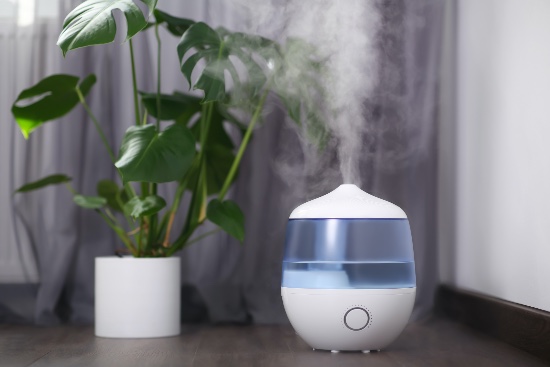
If we live in a humid climate, this is probably not the reason for the monstera’s yellow leaves. However, if we live in a dry climate or in the hot months, we will have to create that much-needed humidity around it. Achieving this can be done in different ways. We can choose to use a humidifier, group it with other plants to make it more humid or, finally, create that humid atmosphere with the traditional plate with pebbles and water.
3. A defect in lighting, another aspect to review
Monstera likes plenty of indirect light. And, although it is true that it can live in less illuminated spaces, that can take its toll on the coloration of its leaves. One of the ways to manifest this lack of light is by making its characteristic green pale, but also by coloring its leaves yellow.
Be careful: if the plant is exposed to direct sun, the leaves can also turn yellow. In this case, the color change is usually accompanied by a brownish tone.
4. Improper transplanting, which is why the monstera has yellow leaves
It is probably the easiest reason to identify. If after transplanting our monstera begins to present this type of leaves, it is that something has failed during the task.
Beyond reviewing how to transplant a plant correctly, we will have to assess other fundamental aspects. Perhaps it was not the ideal time for such a task, perhaps we have not provided our plant with the correct drainage or, on many occasions, we have not been right with the type of substrate. The appearance of these yellow leaves is nothing more than a way of telling us that it has suffered a transplant shock.
If this is our case, unfortunately we will not be able to transplant it again at the moment since it will only increase its stress. We can only take care of her so that she returns, little by little, to normality. If she has poor drainage, making more holes in the pot. If we have subjected it to a change of place, placing it back in the original.
5. A problem in the subscriber, either by default or by excess
It is another of the simple reasons to identify. If our plant has been with us for a long time and we have not paid it, it is more than likely that the appearance of these leaves is a crying request for nutrients. Solving it is simple: just maintain a regular pattern of fertilizer for green plants diluted in the irrigation water.
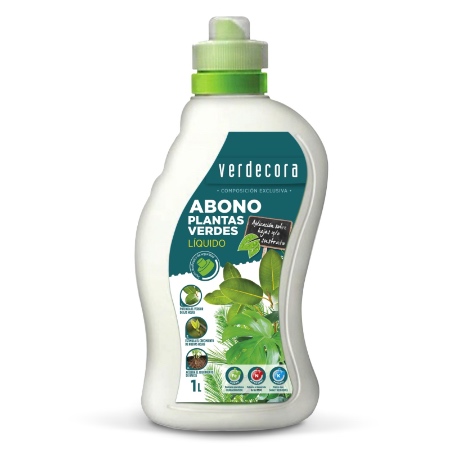
But be careful, because we can see each other on another stage. We refer to having paid our plant already and, even so, detecting yellow and sickly-looking leaves. If that is our case, we may have exceeded the pattern of fertilization of the plant. If so, we will have to suspend the fertilization for at least three months and, if the plant is in good general condition, plant a transplant to renew the soil.
6. A sudden oscillation in temperatures, another of the classics
As a good tropical plant, the monstera does not tolerate changes in temperature very well. What’s more: one of its main enemies is air currents. Something that, although it may seem unimportant to us, is also a reason for the leaves to turn yellow.
If we detect that this is precisely the problem of our plant, the ideal is to find another more comfortable location.
7. A pest problem, the last care to review
There is no doubt: the presence of pests is also responsible for the monstera having yellow leaves. For this reason and discarding all the previous reasons, it is important to see if our plant is suffering from the attack of mites and aphids.
The solution: stop the invasion as soon as possible with an insecticide.
And now that you know why your monstera has yellow leaves, there are only two things left for you to do. First, fix it. And second and more important, to continue enjoying the incredible beauty of it.

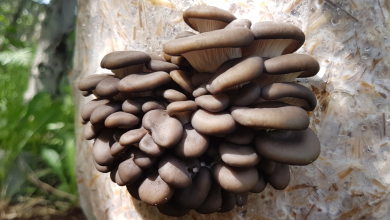

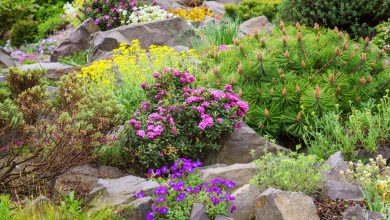
![Photo of [10 Fantastic Properties] of the Tomato: Did you know them?](https://www.complete-gardening.com/wp-content/uploads/2022/08/10-fantastic-properties-of-the-tomato-did-you-know-them-390x220.jpg)